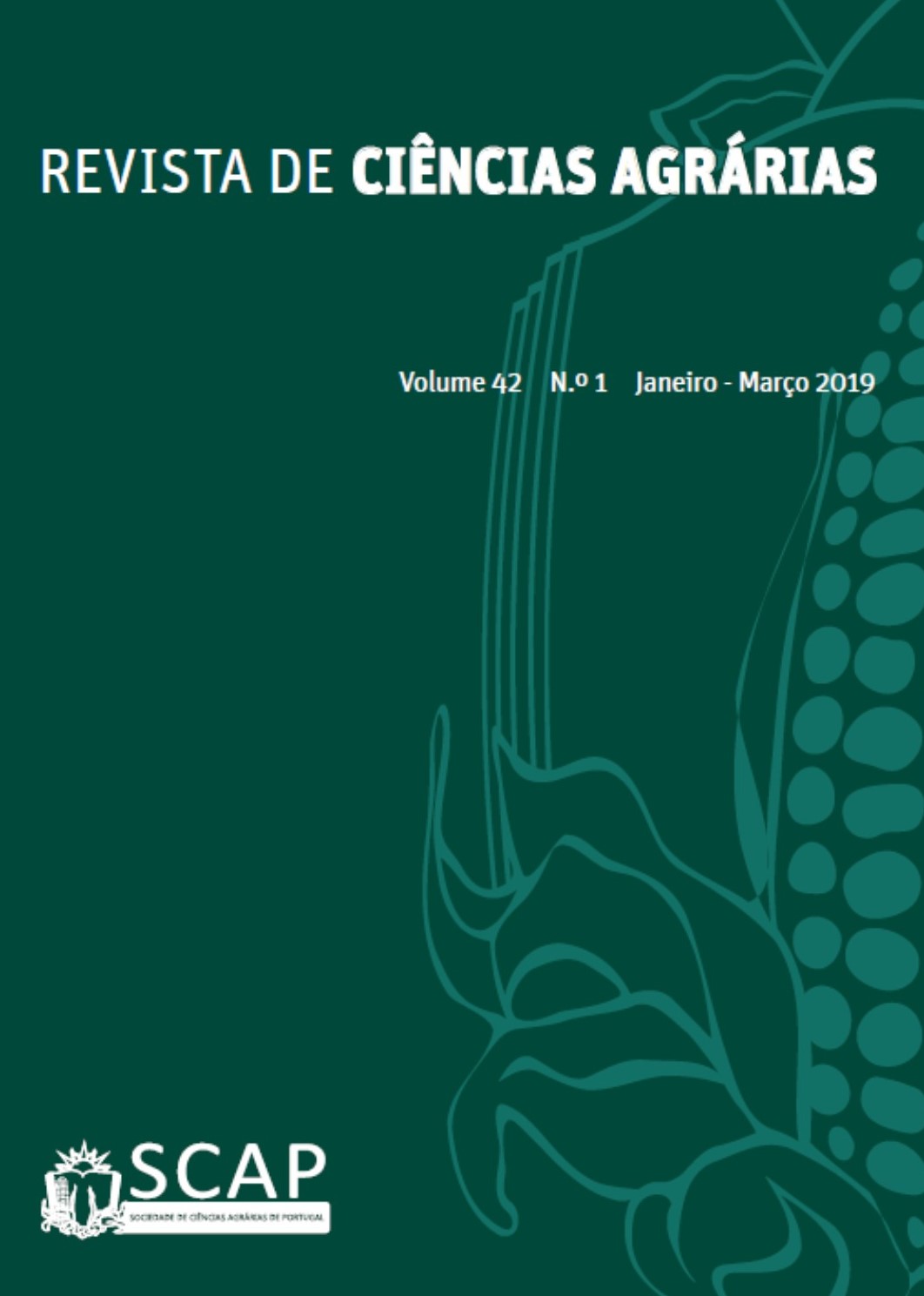Distinction of species and maturation stages of Comanthera spp. by image analysis and flow cytometry
DOI:
https://doi.org/10.19084/RCA18160Abstract
Comanthera spp. are perennial and commonly used for ornamentation, of high economic and social value, this fact has
compromised the conservation of populations because they are harvested before the maturation of the seeds. The first
experiment was carried to verify the efficiency of the image analysis system in the distinction of two Comanthera species
at different development stages of inflorescence, as well as the germination potential of the seeds. The second assay
was carried out to estimate the nuclear DNA content in the species distinction, establish the appropriate buffer for the
isolation of interphase nuclei and investigate the feasibility of using different parts of the plant for analysis by flow
cytometry. It was verified that the image analysis system has the potential to differentiate species and development
stages of inflorescence of sempre-vivas. The C. elegans species has higher germination values in stages 4 and 5, presenting
a head with opening higher than 60%. Leaves, roots and seeds of C. bisulcata, C. elegans and C. nitida can be used for
quantification of nuclear DNA by cytometry. The Marie buffer is indicated for the extraction of DNA from leaf and root
tissues and the LB01 buffer for seeds.


